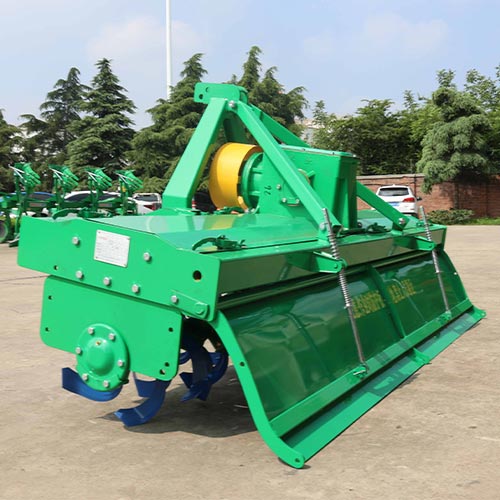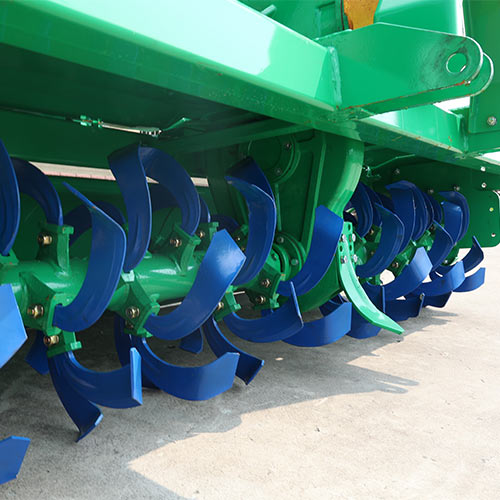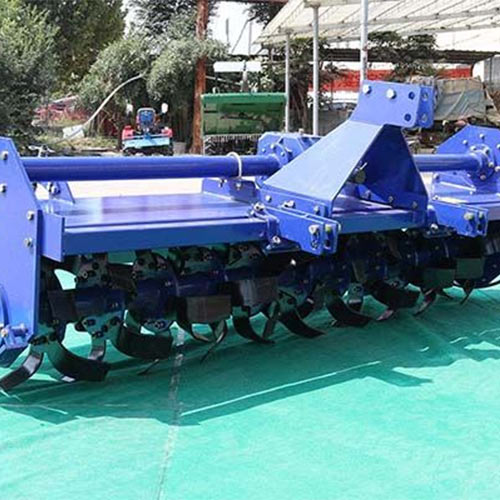Welcome to My Blog!
Before we dive into the content, I’d love for you to join me on my social media platforms where I share more insights, engage with the community, and post updates. Here’s how you can connect with me:
Facebook:https://www.facebook.com/profile.php?id=100092064188332
LinkedIn:https://www.linkedin.com/showcase/99315626/admin/dashboard/
YouTube:www.youtube.com/@user-uy6lq2nu1z
Now, let’s get started on our journey together. I hope you find the content here insightful, engaging, and valuable.
Table of Contents
Introduction



A small rotary tiller is one of the most effective tools you can use to ensure that your garden thrives. Whether you’re a hobbyist gardener or a small-scale farmer, this versatile tool can make a significant impact on soil quality, plant health, and overall gardening efficiency. This blog explores 10 powerful ways a small rotary tiller can enhance your garden’s growth, improving productivity and ensuring you get the best results from your gardening efforts.
NO1. Breaking Up Soil Compaction
One of the primary functions of a small rotary tiller is breaking up compacted soil, allowing roots to penetrate deeper. Compacted soil restricts the movement of water and air, which can stunt plant growth. By using a tiller to loosen the soil, you create an environment that promotes healthier root development, leading to stronger and more robust plants.
How Soil Compaction Affects Plant Growth
Soil compaction can occur from heavy foot traffic, machinery use, or poor soil structure. It can prevent water from draining properly and limit nutrient access, which is why using a small rotary tiller to break up compacted soil is crucial for ensuring healthy plants.
NO2. Improving Soil Aeration
Aerating your soil is essential for a healthy garden, and a small rotary tiller is the perfect tool for this job. Aeration involves creating small holes in the soil to allow air, water, and nutrients to reach plant roots more effectively. By loosening the soil with a tiller, you ensure that your plants have access to the oxygen they need to thrive.
Benefits of Soil Aeration
Proper soil aeration supports root growth, improves nutrient uptake, and prevents waterlogging. It is particularly important for plants like vegetables and flowers that require well-drained soil to flourish.
NO3. Enhancing Soil Fertility
A small rotary tiller can help incorporate organic matter, like compost or manure, deep into the soil, ensuring that your plants have access to the nutrients they need. This is especially important in garden beds where the soil might be depleted of essential nutrients.
How a Rotary Tiller Improves Fertility
By turning organic materials into the soil, a small rotary tiller helps enrich the soil with essential minerals and micronutrients. This ensures your plants receive the best possible start and promotes healthy growth throughout the season.
NO4. Reducing Weeds
Weeds compete with your garden plants for water, nutrients, and sunlight. A small rotary tiller can help reduce the number of weeds in your garden by uprooting them and mixing them into the soil. Regular tilling can prevent weeds from taking root and allow your desired plants to flourish.
Tilling vs. Manual Weeding
Manual weeding can be time-consuming and exhausting. By using a small rotary tiller, you can cover large areas quickly, reducing the need for constant manual weeding and promoting more efficient gardening practices.
NO5. Mixing Soil Amendments

A small rotary tiller is also ideal for mixing various soil amendments such as fertilizers, compost, and organic matter. This helps ensure that the amendments are evenly distributed throughout your garden bed, improving the overall quality of the soil and promoting balanced growth.
Effective Soil Amendment Incorporation
Rather than relying on hand mixing, a tiller makes it easier and quicker to incorporate soil amendments deep into the ground, ensuring that nutrients are evenly spread and reach the plant roots efficiently.
NO6. Improving Drainage
Good drainage is crucial for plant health, especially in areas prone to heavy rainfall. A small rotary tiller can help improve drainage by loosening the soil and preventing it from becoming too waterlogged. By creating a well-drained environment, you reduce the risk of root rot and other moisture-related issues.
How a Tiller Improves Drainage
By breaking up compacted soil and mixing in organic matter, a small rotary tiller ensures that excess water drains away from plant roots, allowing them to breathe and absorb nutrients more effectively.
NO7. Preparing Garden Beds for Planting
A small rotary tiller is an excellent tool for preparing garden beds before planting season. It helps break up large clumps of soil, creating a fine, even texture that is perfect for planting seeds or transplants. This makes the planting process faster and more efficient, ultimately improving your garden’s overall productivity.
Time-Saving Preparation with a Tiller
Preparing a garden bed by hand can take a significant amount of time and effort. With a small rotary tiller, you can prepare large garden beds in a fraction of the time, giving you more time to focus on other gardening tasks.
NO8. Boosting Crop Yields
By improving soil structure, aeration, and nutrient availability, a small rotary tiller plays a direct role in boosting crop yields. With better soil conditions, plants can grow stronger and healthier, leading to higher productivity and better-quality harvests.
How Healthy Soil Leads to Higher Yields
When plants have access to well-aerated, nutrient-rich soil, they grow faster and healthier, leading to larger harvests. This is especially important for gardeners looking to maximize their yields in a small space.
NO9. Easy to Maneuver and Use

One of the significant advantages of a small rotary tiller is its compact size, which makes it easier to maneuver around tight spaces in your garden. Unlike larger tillers, a small rotary tiller is lightweight, portable, and simple to use, making it an excellent choice for gardeners with limited space.
Compact Design for Small Gardens
The compact design of a small rotary tiller allows for better control, making it ideal for smaller gardens, raised beds, and tight corners where larger machinery might struggle to fit.
NO10. Promoting Sustainability
Using a small rotary tiller helps promote sustainable gardening practices by improving soil health and reducing the need for chemical fertilizers and pesticides. By aerating and enriching the soil naturally, you reduce your reliance on synthetic products and create a healthier garden environment.
Sustainable Practices with a Small Rotary Tiller
By minimizing soil compaction and enriching your garden naturally, you can maintain a healthy, organic garden without harming the environment or your health.
Table: Key Features of a Small Rotary Tiller
| Feature | Entry-Level Model | Mid-Range Model | High-End Model |
|---|---|---|---|
| Engine Power | 1.5-3 HP | 4-5 HP | 6-8 HP |
| Tilling Width | 12-16 inches | 18-22 inches | 24-30 inches |
| Weight | 20-40 lbs | 50-70 lbs | 75-100 lbs |
| Fuel Type | Gasoline | Gasoline | Gasoline/Electric |
| Ease of Use | Basic controls | Ergonomic controls | Advanced controls |
Conclusion
A small rotary tiller is a must-have tool for any gardener looking to improve their soil conditions and enhance their garden’s growth. From breaking up soil compaction and aerating the ground to boosting yields and reducing weeds, this versatile tool offers a wide range of benefits that can help you grow healthier plants and achieve more productive harvests. With its ease of use and ability to adapt to various gardening needs, a small rotary tiller is an investment that will pay off in the long run.
FAQ
What is the best size of a small rotary tiller for my garden?
The ideal size of a small rotary tiller depends on the size of your garden. For small gardens, a tiller with a width of 12-16 inches and an engine power of 1.5-3 HP is sufficient. Larger gardens may require a wider tiller with more horsepower.
Can a small rotary tiller handle rocky soil?
While a small rotary tiller is effective in most soil types, it may struggle with very rocky soil. In such cases, you may need to remove large rocks manually or use a more powerful tiller designed to handle tougher conditions.
How often should I use a small rotary tiller?
It’s generally recommended to use a small rotary tiller once or twice a year, depending on your soil conditions. Tilling before planting season helps prepare the soil, while occasional tilling during the growing season can help with aeration and weed control.
Is a small rotary tiller easy to store?
Yes, a small rotary tiller is compact and lightweight, making it easy to store in a shed, garage, or small storage space.
How do I maintain a small rotary tiller?
Routine maintenance for a small rotary tiller includes checking the engine oil, cleaning the air filter, sharpening the tines, and inspecting belts and cables. Regular maintenance ensures that the tiller remains in good working condition for many years.

